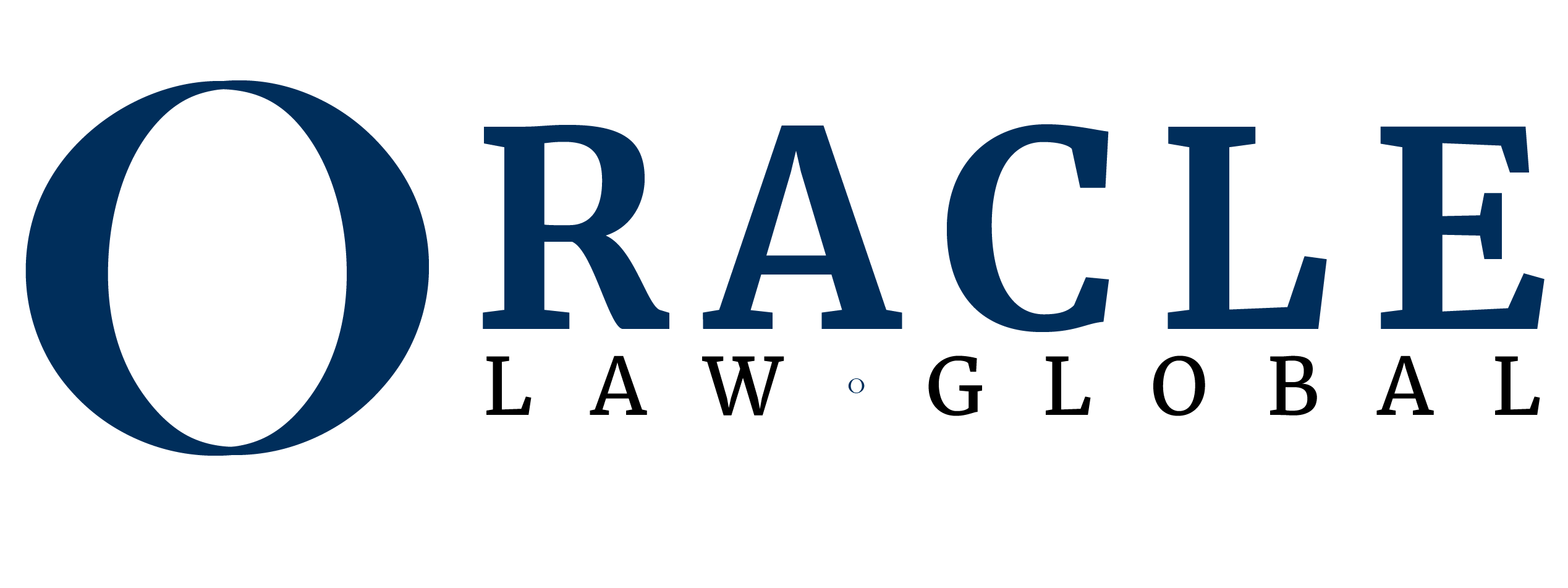Protecting your brand
Have you got a question?
Should you register your trademark and what would this involve?
What is a trademark?
The words “trademark” and “brand” are often used interchangeably. Both refer to signs which are used by traders to differentiate their goods from those of other traders. Simply put, branding was, and still is today, a way of saying “this is mine”.
What can function as a trademark?
A mark must be unique, and may consist of (for example):
- Words
- Slogans
- Designs or logos
- Internet domain names
- Colours
Or a combination of these.
Your trademark cannot:
- be offensive (including swear words, for example)
- be misleading (using the word ‘organic’ for goods that are not organic, for example)
- be non-distinctive or too common
- look too similar to state symbols like flags or hallmarks.
Registering a trademark
You’ll need:
- details of what you want to register (for example a word, slogan or logo)
- the trademark “classes” you want to register in.
You should read the guide provided by the Intellectual Property Office before commencing an application if you have not applied before.
Applying to register a trademark
When you register your trademark, you’ll be able to:
- take legal action against anyone who uses your brand without your permission, including counterfeiters
- put the ® symbol next to your brand – this shows it is yours and warns others against using it
- sell and license your brand – it can be a valuable commercial asset.
Before you apply, you must search the trademarks database (maintained by the Intellectual Property Office) to check if anyone has already registered an identical or similar trademark for the same or similar goods or services.
You must also check the EU Trademarks Register for any EU applications that were ‘pending’ on 1 January 2021. These applications would have priority over yours.
Fees
There are (non-refundable) fees associated with each application. These vary depending on the type of application being made, the number of “classes” you want to register in, how many marks are being applied for at one time and whether the application is via post or online. You cannot change your trademark once you’ve applied.
After you apply
- You’ll get feedback on your application in up to eight weeks. This is known as an ‘examination report’ and you will have two months to resolve any identified issues.
- If the examiner has no objections, your application will be published in the trademarks journal for two months, during which time anyone can oppose it. The Intellectual Property Office (IPO) will contact the holder of any existing trademark that is considered similar to yours.
- At the end of the opposition period, you have to wait an extra two weeks so that any oppositions made close to the deadline can be processed.
- Your trademark will be registered once any oppositions are resolved – you’ll get a certificate to confirm this.
Unregistered tradermarks
Even if you have not registered it, it may be possible to stop someone using a similar trademark to yours on their goods and services (known as ‘passing off’).
However, it is much harder to prove passing off than it is to defend a registered trademark. To be successful you will need to show that:
- the mark is yours
- you have built up goodwill associated with the mark
- you have been harmed in some way by the other person’s use of the mark
Why bother?
Registration of trademarks is voluntary but advisable, given the benefits of registration and the comparable difficulties in protecting an unregistered mark. A trademark is relatively easy to protect and enforce and renewable indefinitely.
If you are dealing with trademarks or have a question about how to register, then contact our commercial team at info@oraclelawglobal.com or 020 30515060.
-
Aviation House, 125 Kingsway
London WC2B NH
United Kingdom
- (+44) 020-3051-5060
Book a call back
Share this article
Got a question?
Please complete this form to send an enquiry. Your message will be sent to one member of our team.
Related posts

Employer’s Duties Update: Sexual Harassment
On the 26th of October, the new Worker Protection (Amendment of Equality Act 2010) Act 2023 came into force, introducing key changes to

Tax and Financial Advisory Services in Albania with Oracle Solicitors
Navigating tax compliance, bookkeeping, payroll, and financial reporting can be complex and time-consuming for businesses operating in Albania. At Oracle Solicitors Albania, part

Corporate Law Consultancy with Oracle Solicitors Albania
At Oracle Solicitors Albania, our Corporate Law Consultancy services are designed to help businesses establish strong corporate structures, ensure compliance with national and

NAJEM OSAMA ALMASRI: A CASE STUDY
On January 21, 2025, Najem Osama Almasri was repatriated to Libya on a private flight operated by the Italian secret services. The news
